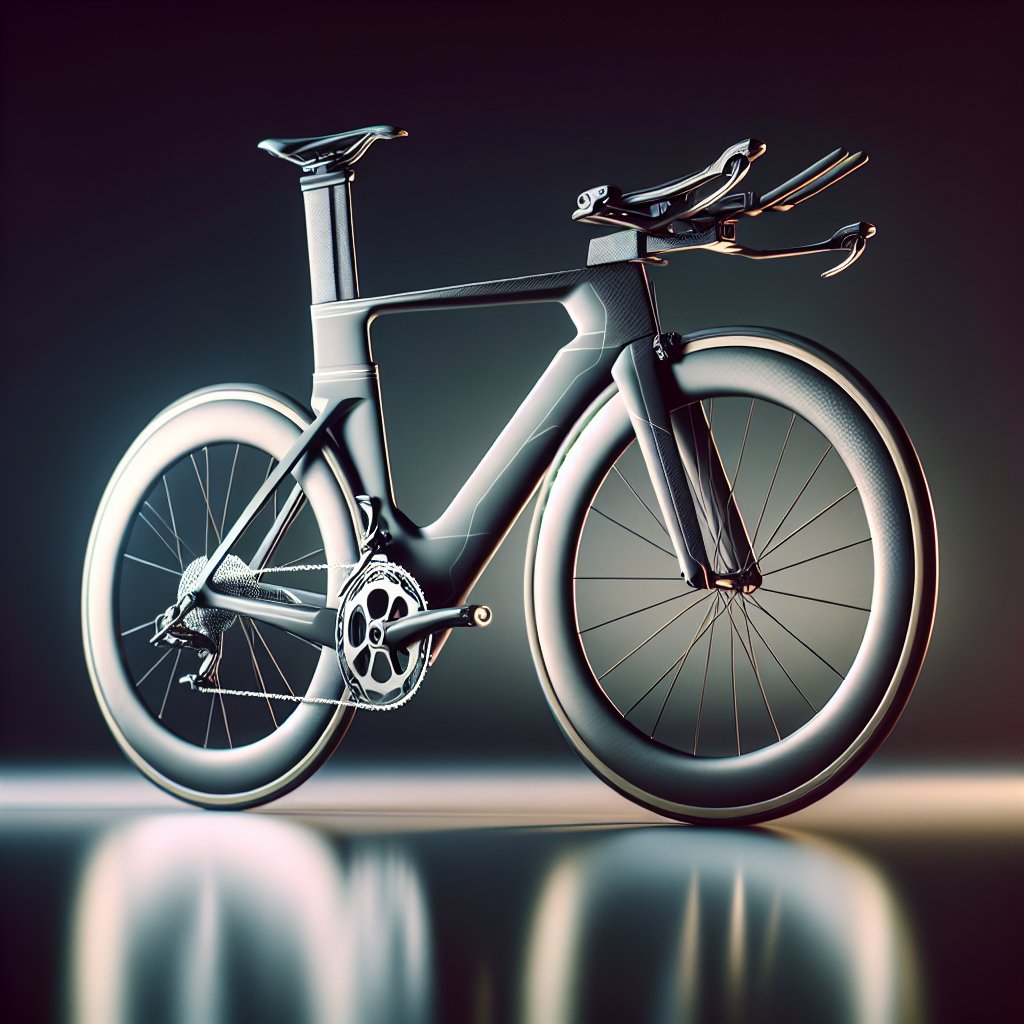Maintaining your bicycle’s lights and electrical components is crucial for ensuring safety and optimal performance, especially during night rides or in low-visibility conditions. This article will guide you through the essential steps and best practices for keeping your bike’s electrical system in top shape.
Understanding Your Bicycle’s Electrical System
Before diving into maintenance tips, it’s important to understand the basic components of your bicycle’s electrical system. Most modern bicycles equipped with electrical components will have:
- Front and Rear Lights: These are essential for visibility and safety, allowing you to see the road ahead and making you visible to other road users.
- Dynamo or Battery: The power source for your lights and other electrical components. Dynamos generate power as you pedal, while batteries store electrical energy.
- Wiring and Connectors: These components connect the power source to the lights and other electrical devices on your bike.
- Control Switches: These allow you to turn your lights on and off and may include additional features like different light modes.
Types of Bicycle Lights
There are various types of bicycle lights available, each with its own advantages and disadvantages:
- LED Lights: Known for their brightness and energy efficiency, LED lights are a popular choice for both front and rear lights.
- Halogen Lights: These provide a warm, bright light but consume more power and are less efficient than LEDs.
- Incandescent Lights: An older technology, these lights are less common today due to their lower efficiency and shorter lifespan.
Regular Maintenance Tips
Regular maintenance of your bicycle’s lights and electrical components can prevent issues and extend their lifespan. Here are some essential tips:
Inspecting and Cleaning
Regularly inspect your lights and electrical components for any signs of damage or wear. Clean the lenses of your lights to ensure maximum brightness. Use a soft cloth and mild detergent to remove dirt and grime.
Checking Connections
Ensure that all wiring and connectors are secure and free from corrosion. Loose or corroded connections can lead to intermittent or complete failure of your lights. Use a multimeter to check for continuity in the wiring if you suspect any issues.
Battery Maintenance
If your bicycle uses a battery-powered lighting system, regularly check the battery’s charge level and recharge it as needed. Replace the battery if it no longer holds a charge. For rechargeable batteries, follow the manufacturer’s guidelines for charging and storage to maximize their lifespan.
Dynamo Maintenance
If your bicycle uses a dynamo, ensure that it is properly aligned with the wheel and that the contact surfaces are clean. Check the dynamo’s output with a multimeter to ensure it is generating the correct voltage.
Troubleshooting Common Issues
Even with regular maintenance, you may encounter issues with your bicycle’s lights and electrical components. Here are some common problems and their solutions:
Lights Not Turning On
If your lights are not turning on, check the following:
- Ensure the power source (battery or dynamo) is functioning correctly.
- Check all connections and wiring for continuity.
- Inspect the light bulbs or LEDs for any signs of damage or burnout.
- Verify that the control switches are working properly.
Flickering Lights
Flickering lights can be caused by loose connections, a failing power source, or damaged wiring. Inspect and secure all connections, check the power source, and replace any damaged wiring.
Dim Lights
Dim lights can result from a weak power source, dirty lenses, or aging light bulbs. Ensure the power source is fully charged or generating sufficient power, clean the lenses, and replace any old or dimming bulbs.
Upgrading Your Bicycle’s Electrical System
Upgrading your bicycle’s electrical system can enhance your riding experience and improve safety. Here are some upgrade options to consider:
Switching to LED Lights
Upgrading to LED lights can provide brighter illumination and longer battery life. LED lights are also more durable and have a longer lifespan compared to traditional halogen or incandescent lights.
Adding a Dynamo Hub
A dynamo hub can provide a reliable and consistent power source for your lights and other electrical components. Unlike traditional bottle dynamos, dynamo hubs are integrated into the wheel hub and offer less resistance while pedaling.
Installing a USB Charging Port
Adding a USB charging port to your bicycle can allow you to charge your devices on the go. This is especially useful for long-distance rides or bikepacking trips. Ensure that your dynamo or battery system can support the additional power requirements.
Conclusion
Maintaining your bicycle’s lights and electrical components is essential for safe and enjoyable riding. Regular inspections, cleaning, and troubleshooting can prevent issues and extend the lifespan of your electrical system. Upgrading to more efficient components can further enhance your riding experience. By following these tips and best practices, you can ensure that your bicycle’s lights and electrical components are always in top condition.


